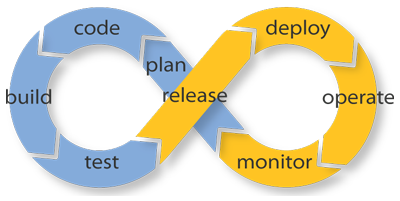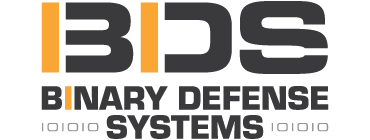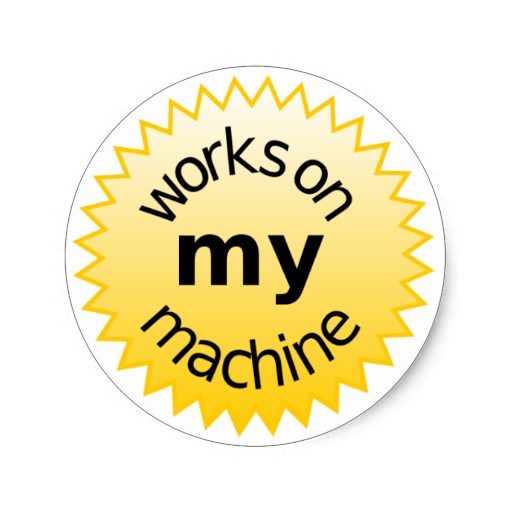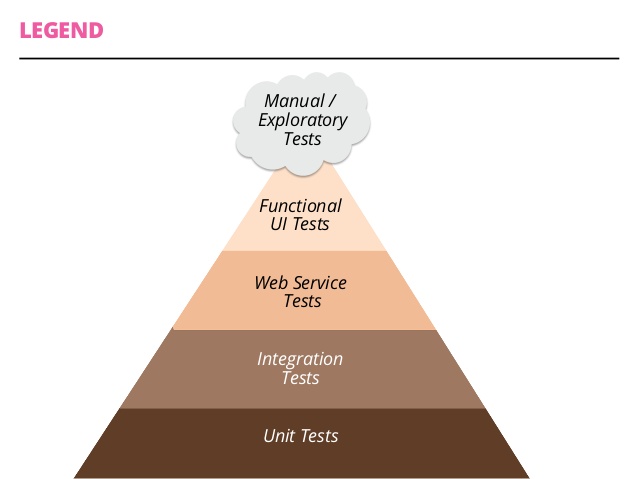Security Automation in your Continuous Integration Pipeline

Jimmy Byrd
Jimmy Byrd?
- @jimmy_byrd
- Github
- Lead Developer at Binary Defense Systems

Continuous what now?
Continuous Integration
Continuous Integration is a software development practice where members of a team integrate their work frequently . . . Each integration is verified by an automated build (including test) to detect integration errors as quickly as possible.
Martin Fowler
Why?
To prevent:

Merging code

Continuous Integration
- Push
- Build*
- Test
- Report
1: 2: 3: 4: 5: 6: 7: 8: 9: 10: 11: 12: 13: 14: 15: |
|
CI Tools
Software Testing

Automated testing hierarchy

Why aren't we writing security tests?

Security is an -ility
Much like accessiblity, scalability, privacy
What are we trying to solve?
Cross Site Scripting

Committing the production database password to source control

Storing plain text passwords

Sql Injection

Why don't we have both?

The Rugged Manifesto
I am rugged and, more importantly, my code is rugged.
I recognize that software has become a foundation of our modern world.
I recognize the awesome responsibility that comes with this foundational role.
I recognize that my code will be used in ways I cannot anticipate, in ways it was not designed, and for longer than it was ever intended.
I recognize that my code will be attacked by talented and persistent adversaries who threaten our physical, economic and national security.
I recognize these things – and I choose to be rugged.
I am rugged because I refuse to be a source of vulnerability or weakness.
I am rugged because I assure my code will support its mission.
I am rugged because my code can face these challenges and persist in spite of them.
I am rugged, not because it is easy, but because it is necessary and I am up for the challenge.
OWASP/Glue
Glue is a framework for running a series of tools. Generally, it is intended as a backbone for automating a security analysis pipeline of tools.
Github README
Recently renamed
1:
|
|
Maintainers
Four simple concepts
- Mounters
- Tasks
- Filters
- Reporters
What's in the box? (MOUNTERS)
- Docker
- File System
- Git
- ISO
- URL
What's in the box? (TASKS)
- ClamAV
- Breakman (Ruby)
- Bundle-Audit (Ruby)
- Checkmarx (Code)
- DawnScanner (Ruby)
- File Integrity Monitoring
- FindSecurityBugs (Java)
- NodeSecurityProject (Javascript)
- OWASPDependencyCheck (Java and .NET)
- PMD Source Code Analyzer (Code)
- RetireJS (Javascript)
- Snyk (Javascript)
- Zap
What's in the box? (FILTERS)
- Jira
- Zap
What's in the box? (REPORTERS)
- CSV
- Jira
- Json
- Text
Getting started
Native
1:
|
|
Docker
1: 2: |
|
Help
1:
|
|
Hello World!
1:
|
|
Hello World output
1: 2: 3: 4: 5: 6: 7: 8: 9: 10: |
|
Tasks
Tools vs Labels
Tools vs Labels
Have to go code spelunking
1:
|
|
Example from Brakeman.rb
1: 2: 3: 4: 5: 6: 7: |
|
Important pieces
- Name (without spaces) = Tool
- Labels = Labels
All tools
1: 2: 3: 4: 5: 6: 7: 8: 9: 10: 11: 12: 13: 14: 15: |
|
Tools example
1:
|
|
This will run brakeman and eslint
All Labels
1: 2: 3: 4: 5: 6: 7: 8: 9: 10: 11: 12: 13: 14: 15: |
|
Labels example
1:
|
|
This will run brakeman and bundle-audit
Building your own task/filter/reporter is pretty easy
OWASP/ZAP
The OWASP Zed Attack Proxy (ZAP) is one of the world’s most popular free security tools [...] It can help you automatically find security vulnerabilities in your web applications while you are developing and testing your applications.
Getting started
Native
Docker
1: 2: 3: |
|
GUI
1: 2: 3: 4: |
|
Headless
1: 2: |
|
Rest APIs
zap-cli
1: 2: |
|
Results
1: 2: 3: 4: 5: 6: 7: 8: 9: |
|
First time on your code

Knowing is half the battle
